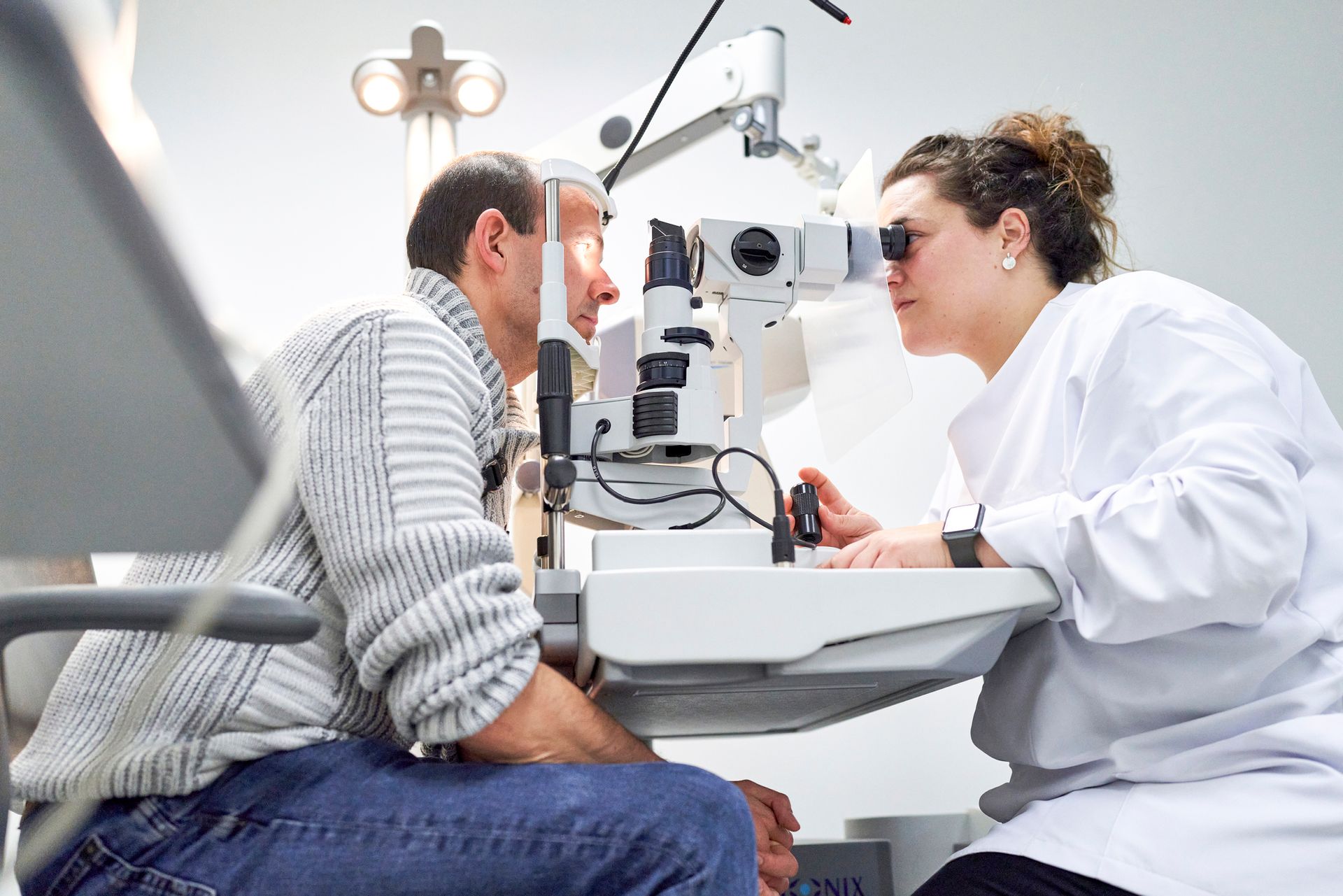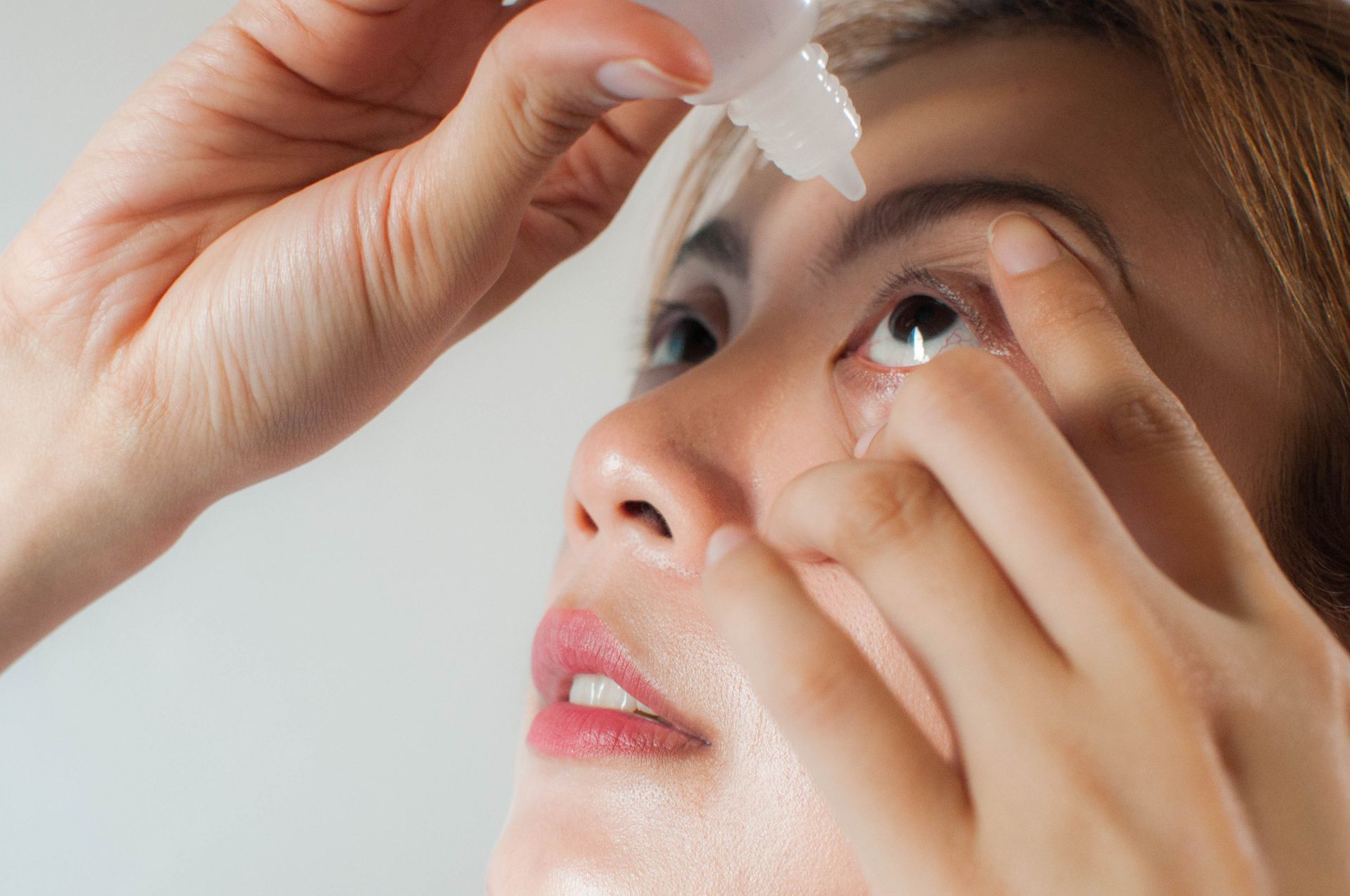Identifying and Treating Eyelid Tumors
- By Admin
- •
- 05 Jan, 2021
- •
The delicate skin of the eyelids is vulnerable to injury and damage from UV light, infection, or aging. Sometimes, this damage manifests as tumors that grow on the eyelid tissue. These tumors may be benign or malignant. Any unusual growth or irregularity on the eyelid requires evaluation by your eye care professionals.
Appearance and Symptoms
Eyelid tumors appear in various forms depending on the underlying cause of the tumor. Any bump or sore that will not heal on the eyelid merits examination by an optometrist or ophthalmologist.
Bumps and Lesions
A common symptom of eyelid tumors includes a growth on the eyelid. The growth may look like a smooth ball or appear lumpy and uneven with a rough surface. Some tumors lay flat on the skin. Tumors can also bleed and form scabs.
Itchiness and Tenderness
In some cases, no bump grows, but an area of the eyelid itches or feels tender to the touch. The inflamed skin may have a scaly or crusty appearance. Sometimes, the tumor presents as a red, swollen area, like a stye that does not go away.
Secondary Symptoms
Some patients may experience additional symptoms related to the tumor. Common symptoms include eyelashes falling out or growing in the wrong direction, drooping eyelids, and increased tear production.
Benign Tumors
Non-cancerous, or benign, tumors can appear on the eyelids, especially in older adults. They can look like uneven patches of skin or small growths.
Keratosis
Two types of keratosis form on the skin of the eyelid: seborrheic and actinic. Seborrheic keratosis forms darkened, greasy patches on the eyelid. Actinic keratosis forms a flat, white patch that appears flaky or scaly. Actinic keratosis has the potential to become malignant.
Birthmarks and Nodules
Moles or birthmarks appear as darkened, raised areas of skin on the eyelid. Generally benign, they sometimes develop into a cancerous growth. Another type of benign tumor includes the small, white, nodules that form on the eyelids as an immune response to a viral infection. They usually clear up following recovery from the virus but may also be removed surgically.
Malignant Tumors
The thin skin that makes up the eyelids needs extra protection from the sun. Without protection, UV light from the sun easily damages these tissues. UV damage may lead to cancerous growths on the eyelids.
Basal Cell Carcinoma
The doctor may suspect basal cell carcinoma when a firm, round nodule on the lower eyelid or on a fold of skin near the inner eye appears. Gradually, the nodule changes to an open sore. These slow-growing tumors do not spread to other areas of the body but grow in the area around the eye. Basal cell carcinoma tumors comprise a large percentage of all malignant eyelid tumors.
Squamous Cell Carcinoma
This aggressive tumor starts on the upper eyelid. It sometimes develops from a benign tumor called actinic keratosis that appears as a flat, white scaly area on the eyelid. The scaly area becomes raised and reddened. This type of cancer can spread to lymph nodes and other parts of the body.
Treatment
Most eyelid tumors are surgically removable. Malignant tumors may also require chemotherapy or radiation treatment.
Surgery
Ophthalmologists commonly perform surgery to remove the tumor and repair or reconstruct the surrounding tissue layers for the best possible cosmetic outcome. The surgeon removes a small amount of skin surrounding the tumor to ensure that the tumor does not return.
Topical Medication
The ophthalmologist may prescribe a topical application of a chemotherapy drug for malignant tumors, such as a cream that treats basal carcinoma. The doctor may also administer chemotherapy via eye drops.
Radiation
An eyelid tumor may require radiation treatment instead of, or in addition to, surgical removal. Radiation can shrink a tumor that surgery can't excise. Tumors are more likely to come back if treated with radiation only.
If you notice a suspicious growth or change in the skin of your eyelid, contact us to schedule an appointment. Our staff will evaluate the lesion and recommend further testing, if necessary.











